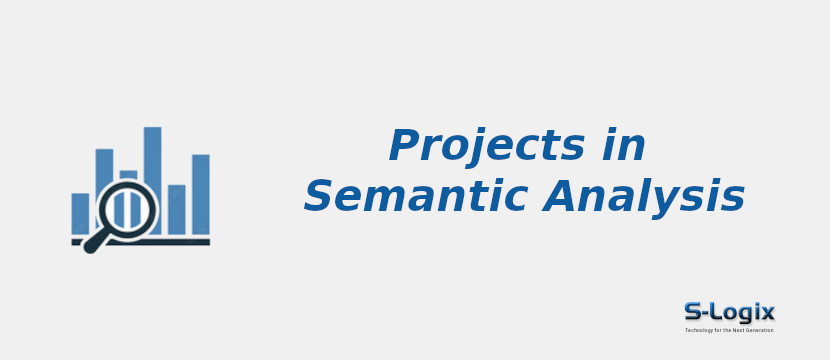Project Background:
Semantic analysis involves developing computational techniques to extract meaning and understanding from text or speech data. Semantic analysis aims to bridge the gap between human language and machine understanding, enabling computers to comprehend the semantics, context, and intent behind human communication. This field is crucial for various applications like information retrieval, sentiment analysis, question answering, and machine translation. Traditional approaches to semantic analysis relied heavily on rule-based methods, and shallow linguistic analysis often struggled to capture the complexities of natural language.
However, with machine learning and deep learning techniques, semantic analysis has made significant progress. Deep learning models, particularly neural networks, have demonstrated remarkable capabilities in learning semantic representations directly from data, enabling a more accurate and robust understanding of text and speech. Key objectives in semantic analysis research include improving the accuracy of semantic representations, handling ambiguity and context-dependency in language, and enabling machines to perform higher-level tasks such as inference and reasoning. Additionally, researchers are exploring techniques for domain-specific semantic analysis, cross-lingual understanding, and multimodal semantic integration to enable more versatile and contextually aware language processing systems.
Problem Statement
- Develop methods to accurately interpret the meaning of words or phrases based on their surrounding context, considering syntactic structures, discourse patterns, and situational cues.
- Handle variations in language structures and semantics across different languages, ensuring that semantic analysis models can effectively process and understand diverse linguistic data.
- Enable machines to perform higher-level cognitive tasks such as inference and reasoning based on semantic representations, allowing for more advanced language understanding and decision-making.
- Investigate techniques for adapting semantic analysis models to new or specialized domains, ensuring their applicability and effectiveness across various applications and use cases.
Aim and Objectives
- Enhance machine understanding of natural language through semantic analysis.
-
Improve accuracy in capturing meaning and context.
-
Address ambiguity and variability in language.
-
Enable cross-linguistic and domain adaptation.
-
Enhance inference and reasoning capabilities.
-
Facilitate more effective human-computer interaction and information retrieval.
Contributions to Semantic Analysis
- Enhanced accuracy in capturing nuanced meaning and context.
- Improved handling of ambiguity and variability in language.
- Advancements in cross-linguistic and domain adaptation techniques.
- Development of more robust inference and reasoning capabilities.
- Facilitation of more effective human-computer interaction and information retrieval.
Deep Learning Algorithms for Semantic Analysis
- Recurrent Neural Networks (RNNs)
-
Long Short-Term Memory (LSTM) networks
-
Convolutional Neural Networks (CNNs)
-
Transformer-based models (BERT, GPT)
-
Recursive Neural Networks
-
Attention Mechanisms
-
Graph Neural Networks (GNNs)
-
Siamese Neural Networks
-
Variational Autoencoders (VAEs)
Datasets for Semantic Analysis
- WordNet
-
Stanford Natural Language Inference
-
MultiNLI
-
SQuAD
-
IMDb Reviews
-
AG News
-
Yelp Reviews
-
Amazon Reviews
-
Wikipedia Corpus
-
ParaNMT
Software Tools and Technologies:
Operating System: Ubuntu 18.04 LTS 64bit / Windows 10
Development Tools: Anaconda3, Spyder 5.0, Jupyter Notebook
Language Version: Python 3.9
Python Libraries:
1. Python ML Libraries:
- Scikit-Learn
- Numpy
- Pandas
- Matplotlib
- Seaborn
- Docker
- MLflow
2. Deep Learning Frameworks:
- Keras
- TensorFlow
- PyTorch
